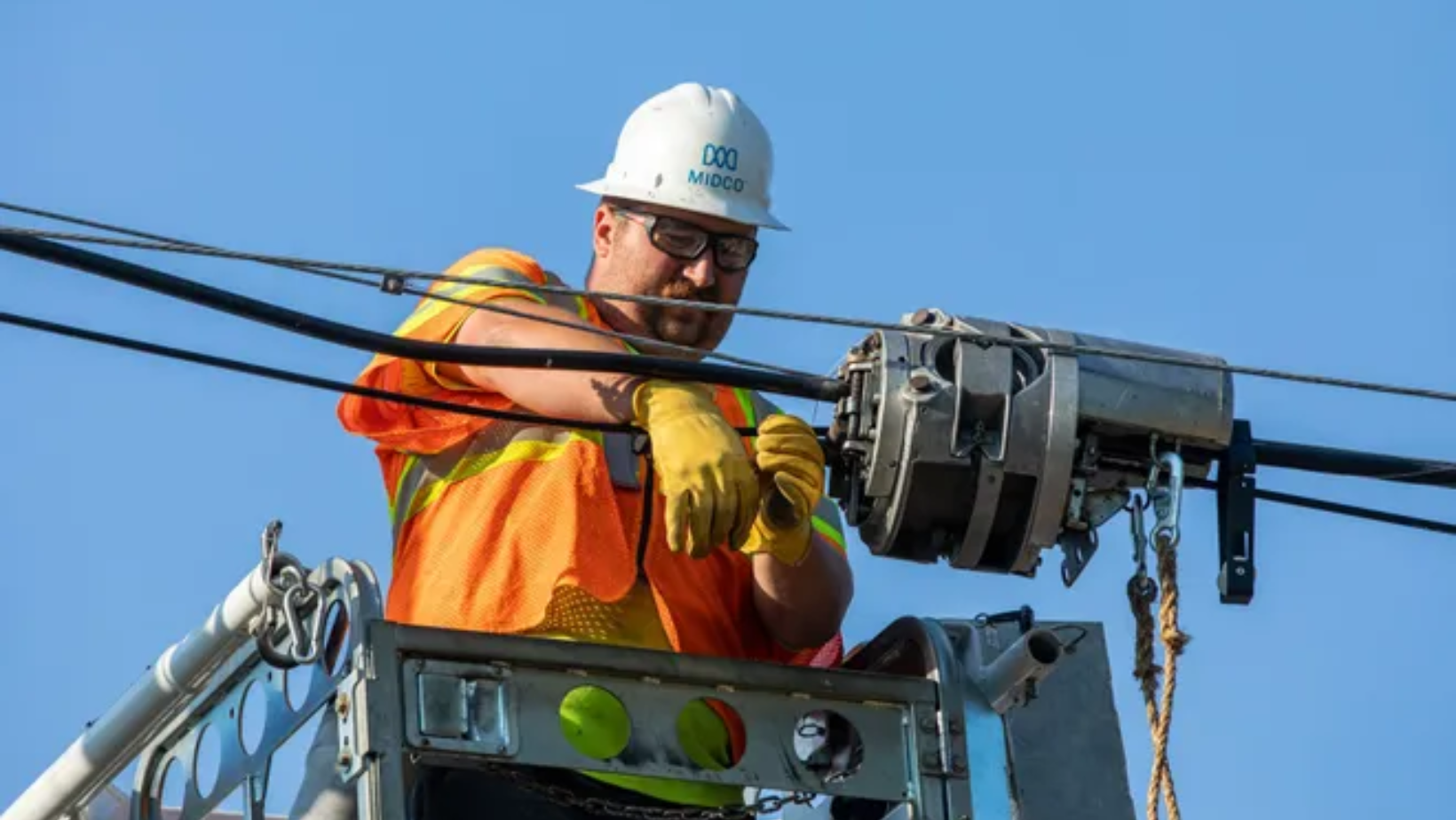At this year’s 2023 Smarter Services™ Executive Symposium, industry leaders came together to discuss best practices for implementing mobile tools and empowering their frontline. This blog comes from our expert-led session with our technology partner Help Lightning.
While Augmented Reality (AR) has been here for some time, Artificial Intelligence (AI) is just now heating up. It’s clear these tools are becoming more commonplace, and AR and AI will soon become less cutting edge and more status quo. Customers already expect a lightning-fast level of service, while frontline workers need intuitive mobile tools to complete jobs effectively.
However, according to a study conducted by McKinsey consulting group, 70% of all digital transformation projects fail–with a higher average failure rate for mobile projects. Of course, no one sets out with the intention to fail, and in fact, teams often know the steps they need to take to ensure success. So how can service organizations implement technology such as AR and AI effectively to achieve maximum ROI and efficiency? These expert tips from our friends at Help Lightning can help you get started.
Give your frontline a seat at the table and keep their needs in mind.
According to preliminary data from Service Council’s 2023 Voice of the Field Service Engineers survey, more than 50% of engineers and service technicians noted that available technology makes it easier to get work done. Nearly 40% noted that they have a positive outlook on the capabilities that augmented reality can provide. However, only 10% of respondents felt that their company actually leverages their feedback to consider improvements that need to be made. In short, most engineers see the value of this technology, but often feel their voices aren’t heard.
Frontline must be involved in technology implementation. Get their input on the technology, and collect their feedback throughout every step in the process. Here’s the hard truth: In the midst of digital transformation, many organizations also go through leadership or process changes that are completely out of their control. When the time comes for digital transformation, it’s important that service management creates certain consistencies in processes and establishes a feedback loop to keep technicians informed, involved and active in decision-making processes that affect them. When consistencies are established and your engineering team feels heard, they will be more open to adopting new digital tools when the time comes.
Establish clear use cases for the technology before investing, and build a team to manage execution.
In the 2023 Service Leader’s Agenda from Service Council, 30% of service leaders are exploring new technologies, while another 30% are reviewing and upgrading their technology. Establishing clear use cases may seem like a no-brainer. But if your leadership team is excited about being the first to market with new technology, outlining those cases up front (and in great detail) could fall by the wayside.
An investment in AR and AI tools should be heavily vetted and well documented. Consider what key performance indicators (KPIs) you’re looking to measure and how you will document those metrics to ensure success. Assembling a team to manage the implementation end-to-end will be critical to a successful digital transformation initiative. They will be able to assist in execution, adoption, and maintenance of the technology, as well as collect ongoing feedback, as stated above.
Pro tip: Enlist your internal implementation team to also help you assess your investment in technology for your extended service network. It’s understandable that you may not want to invest in hundreds of AR headsets, glasses, or choice pieces of equipment for a group of contractors. Determine where your investment can make the biggest impact before you execute.
Make new tools highly accessible to ensure adoption.
Even if your technicians have positive views of the new technology, if it’s not extremely accessible and easy to use, you will not have the adoption you were hoping for. When possible, your technology should be easy to access on any device. This is especially true if you have contractors.
When possible, find ways to make new technology more accessible within existing processes. One Help Lightning customer noted they had a successful launch of their new AR solution as they expanded their team of service technicians from 40 to 100 employees. However, the customer found that the tool was only being used 40 times per month on a team with 100 technicians. Instead of using the tool, technicians were calling the support line for assistance. This support line also addressed customer inquiries, which meant customer needs weren’t getting met as quickly.
The solution? The organization started putting a link for the AR technology into each work order. This change led to an increase from 40 use cases of the tool per month of over 1,000, simply by eliminating that extra step technicians previously had to take to navigate out of the work order and search for the tool.
Plan to (strategically!) fail at some point along the way.
This may sound pessimistic, but the truth is, something will go wrong. There will be setbacks, so it’s important to factor that into your timeline from the onset. When you establish your council of implementation experts (as mentioned above), they will be able to build setbacks into the timeline and pivot accordingly. Failure is a necessary part of the process.
Furthermore, avoid making too many changes at once, or trying to implement too many new tools or processes at the same time. Choose partners who are already invested in the technology to help guide you in best practices, especially as you grow and scale. Implementation and adoption are only part of the process. Maintenance, upkeep, and ongoing innovation will be pivotal moving forward.
Learn more about our friends at Help Lightning and all the solutions they offer by visiting helplightning.com/solutions.






